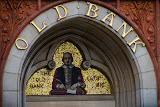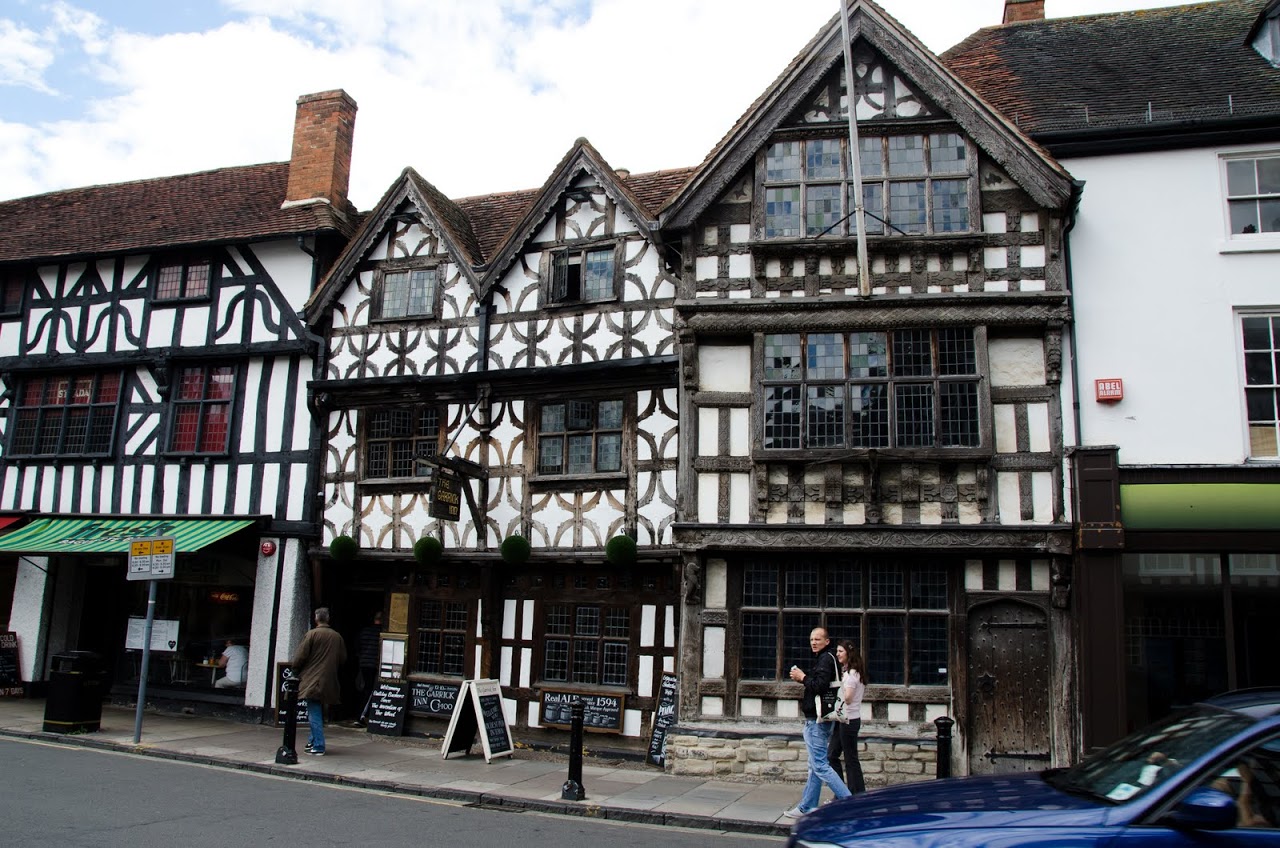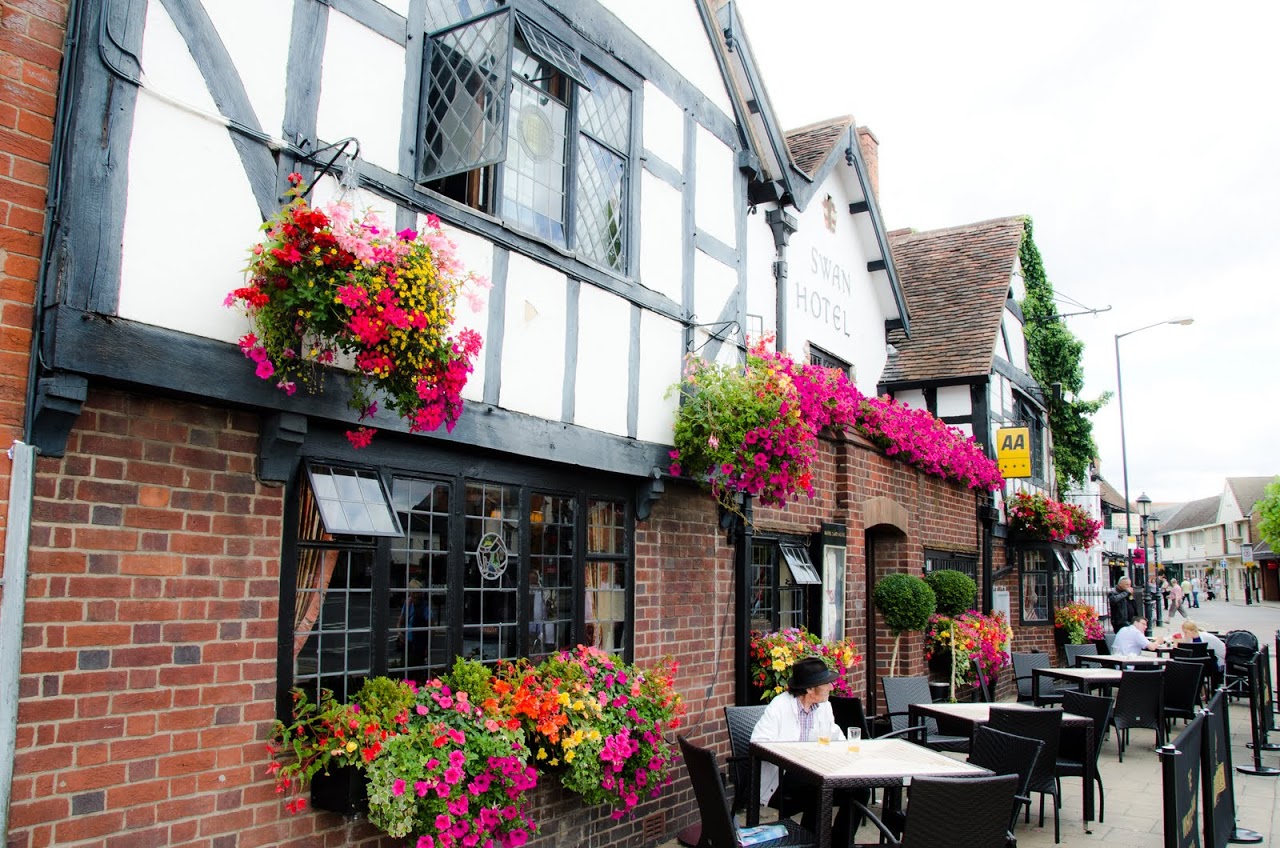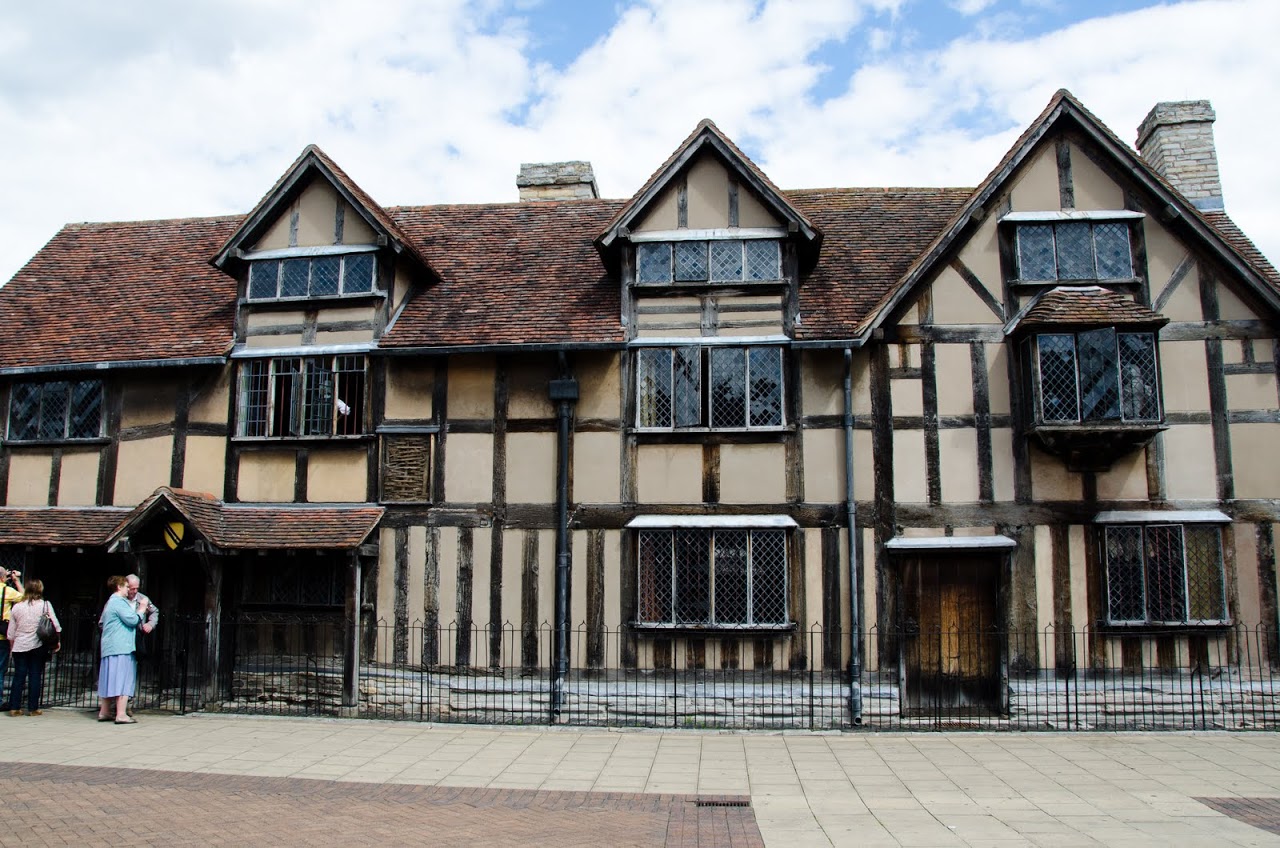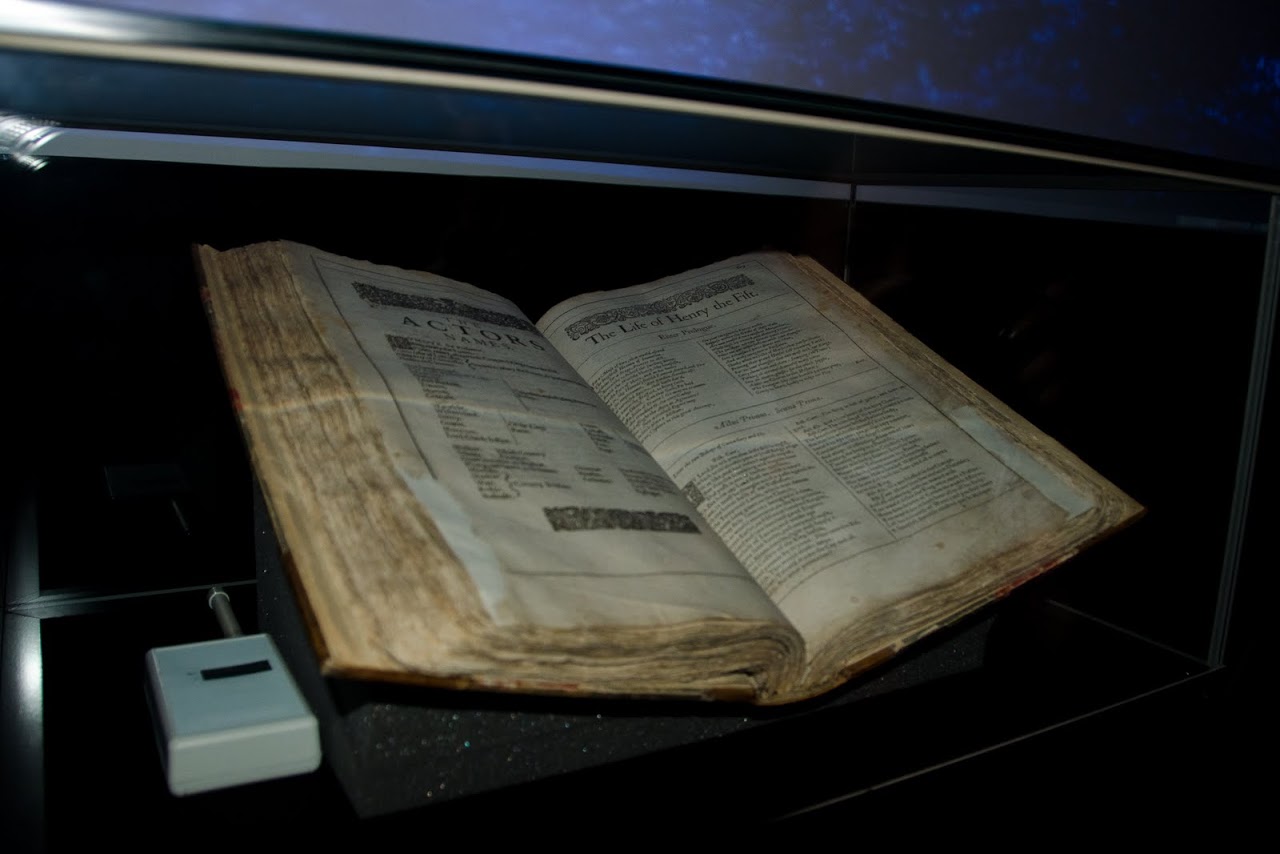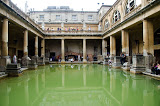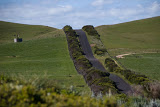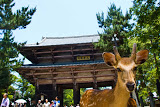Old Bank Stratford upon Avon
Avoid the tourist traps, the guidebooks say, as if we are bears nearing a long-toothed steel snare that will surely wrench our legs from our torso. The tourist trap is a tricky thing to define but I have the perfect basis of comparison: South of the Border in South Carolina . If you’ve ever driven through South Carolina on I-95, I’m sure you’ve seen this infamous attraction --- America's favorite highway oasis, the signs beckon. The billboards begin two hundred miles back, advertising a great wonderland of Mexicanish items just south of the North Carolina border. It is as touristy as possible, the perfect place to buy keychains we don’t need, t-shirts with our faces boldly printed upon them, and beer cosies with the white South of the Border slogan stamped against the cushy rubber. The ultimate definition of a tourist trap, yes?
Stratford upon Avon
Now, a few months back, we went to Stratford-upon-Avon, the most popular English attraction outside of London, expecting it to be a charming Tudor village, filled with theaters, boats crossing the Avon, and the ineffable glitter of the Bard’s genius twinkling across the town.
You would be better off visiting South of the Border than Stratford-upon-Avon.
Inn in Stratford upon Avon
Scandalous, you say! Stratford-upon-Avon is the birthplace and home of the finest English writer, the founding home of the Royal Shakespeare Theater, and one of the most important destinations in the United Kingdom.
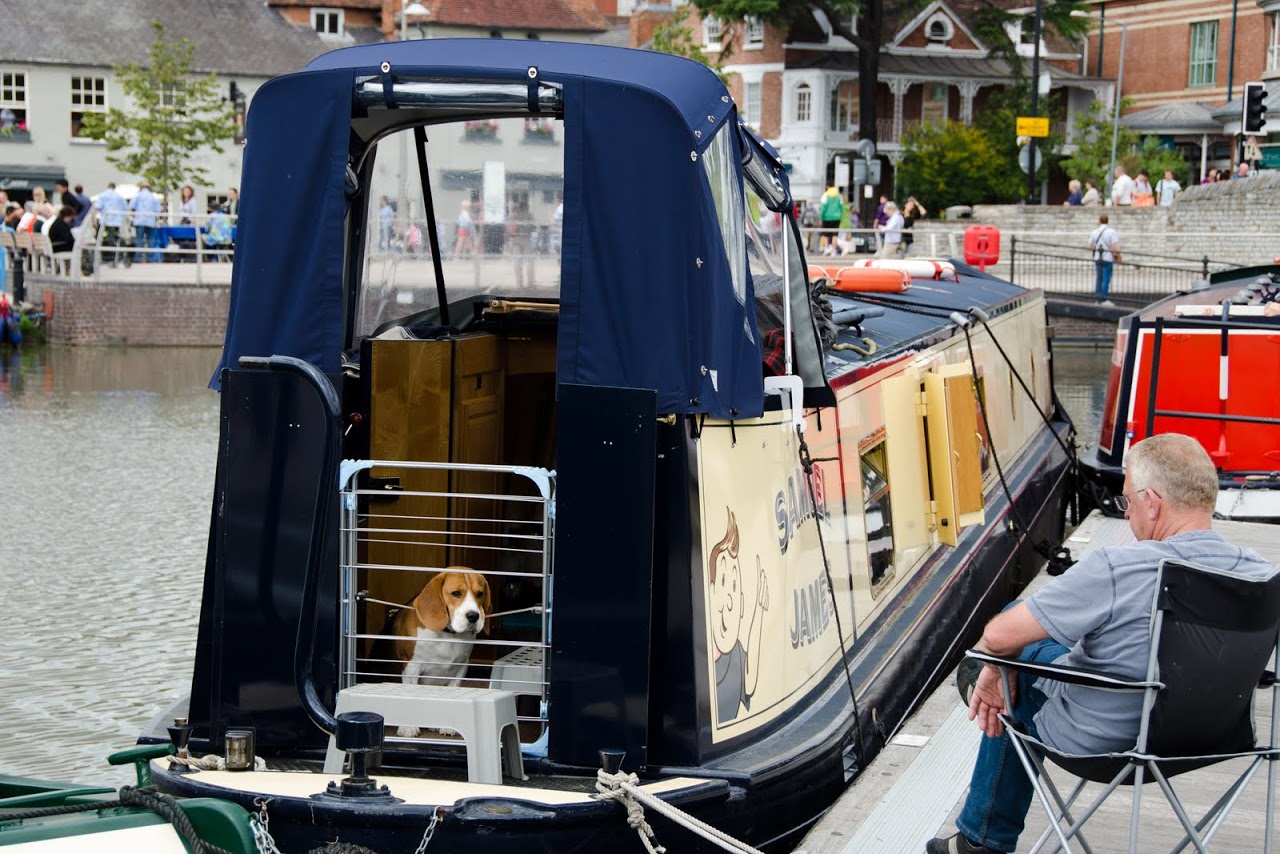
Boat on the Pont Avon
Yes, but it is a tourist trap, nonetheless. The problem, I think, is one of expectations. On the one hand, we went into South of the Border, knowing full well that it would be a tourist trap, and were pleasantly surprised by the random nonsensical purchases, the large outside area, and the arcade. Stratford-upon-Avon turned out to be a mildly pretty village --- though nothing compared to the beauty of the Cotswolds towns --- with a whole bunch of souvenir-stands, expensive stores, and one long green area near the river.
But, I would have excused all of that, if it were not for the travesty that is Shakespeare’s Birthplace. In short, Shakespeare didn’t live in the house that currently stands and there is only one piece in the house that was actually owned by William Shakespeare. The original house burnt down in the 19th century, at which point it was reconstructed by one of Shakespeare’s descendants, and then sold to another woman. All of the original furniture and documents were lost and at, the end of the 20th century, the house was in exceedingly poor condition when finally bought by the government.
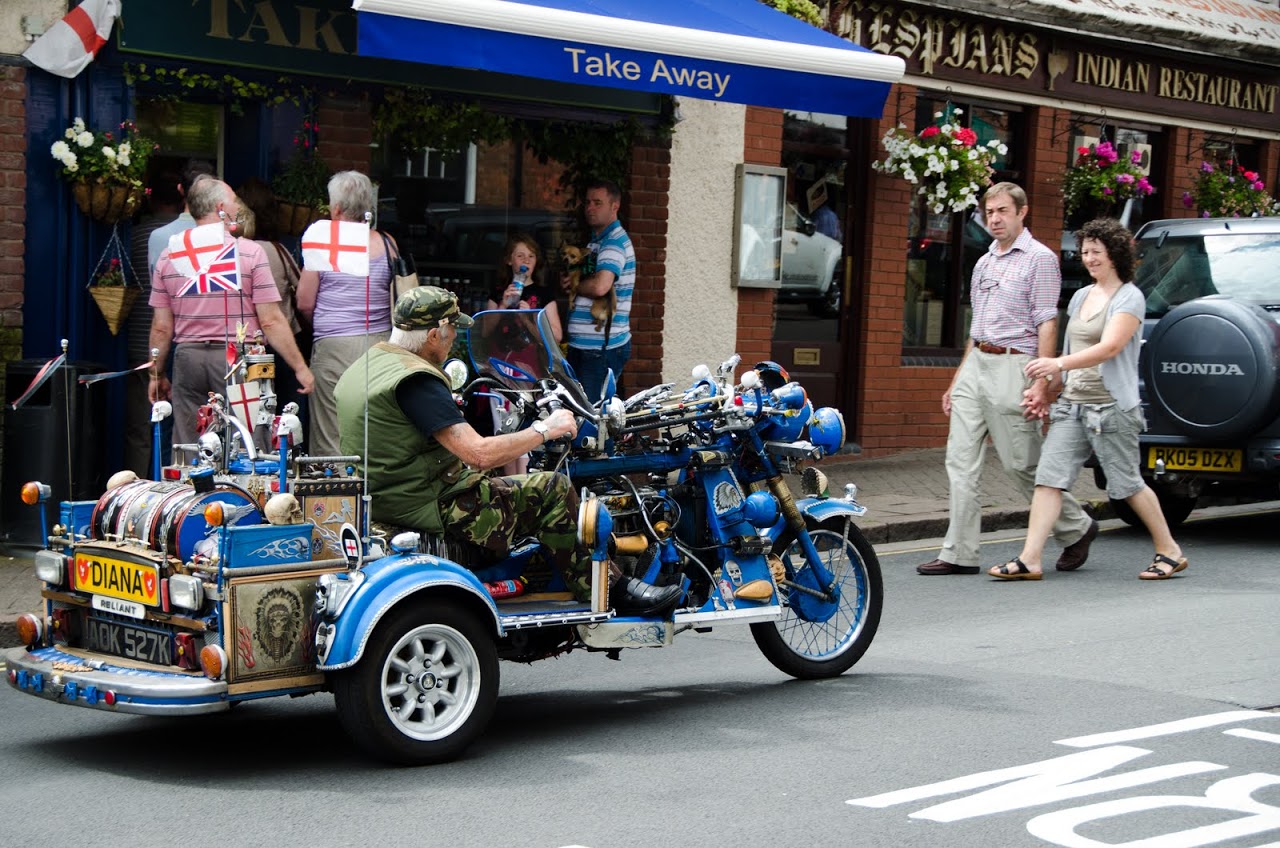
|
|
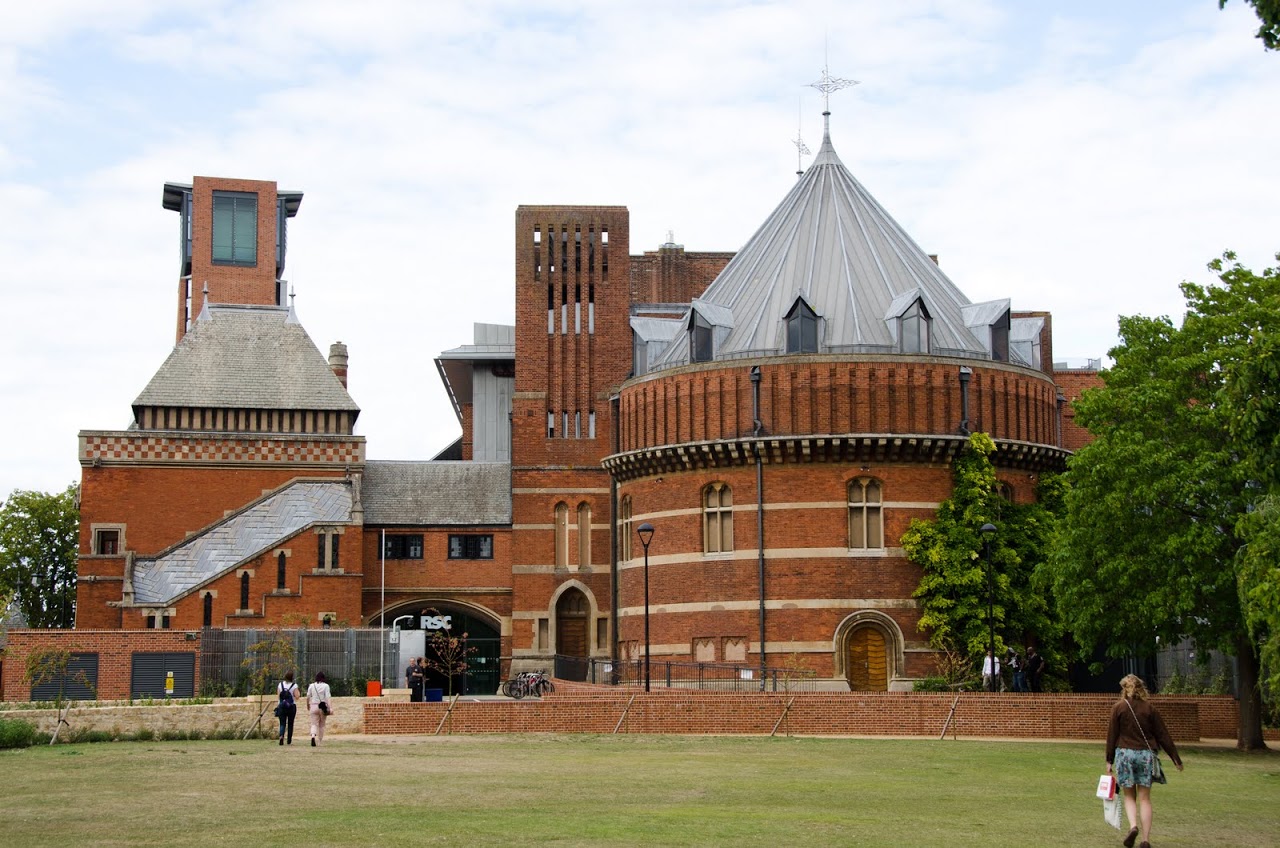
|
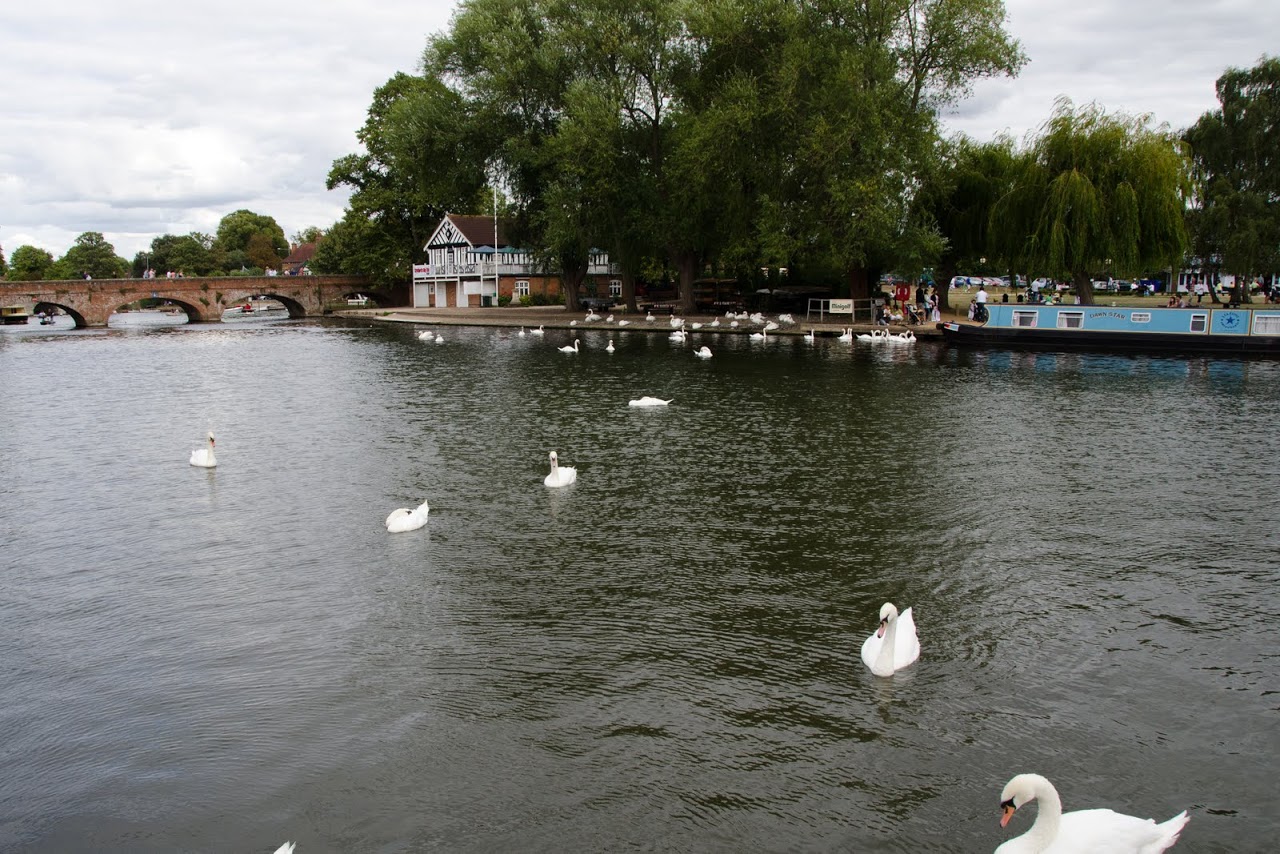
|
The government rebuilt the house and today contains a museum. To be fair, there is one immensely interesting piece of Shakespeare lore in the museum: the compiled Book of Shakespeare, which was a collection of all his plays bound by a group of actors and given to him as a gift. It is the copy from which all other copies of Shakespeare’s works originated and, without that book, we would have never known the boundless genius of the Bard. Rather than centering the exhibit on the immensity of this book, the museum has put together some very bizarre puppetry audio-visual displays of Shakespeare’s life, and added a whole bunch of random 14th century furniture into the house to give an idea of what Shakespeare’s house may have looked like.
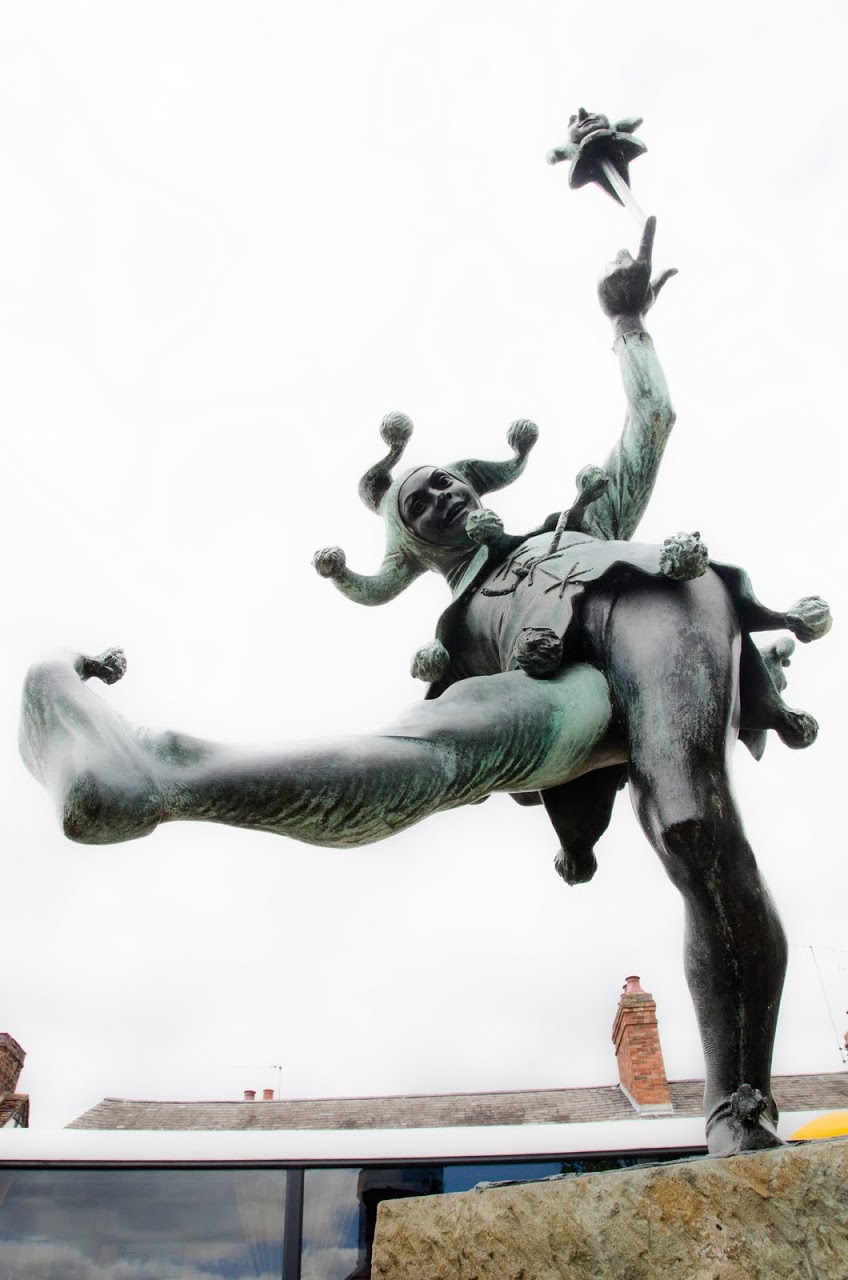
|
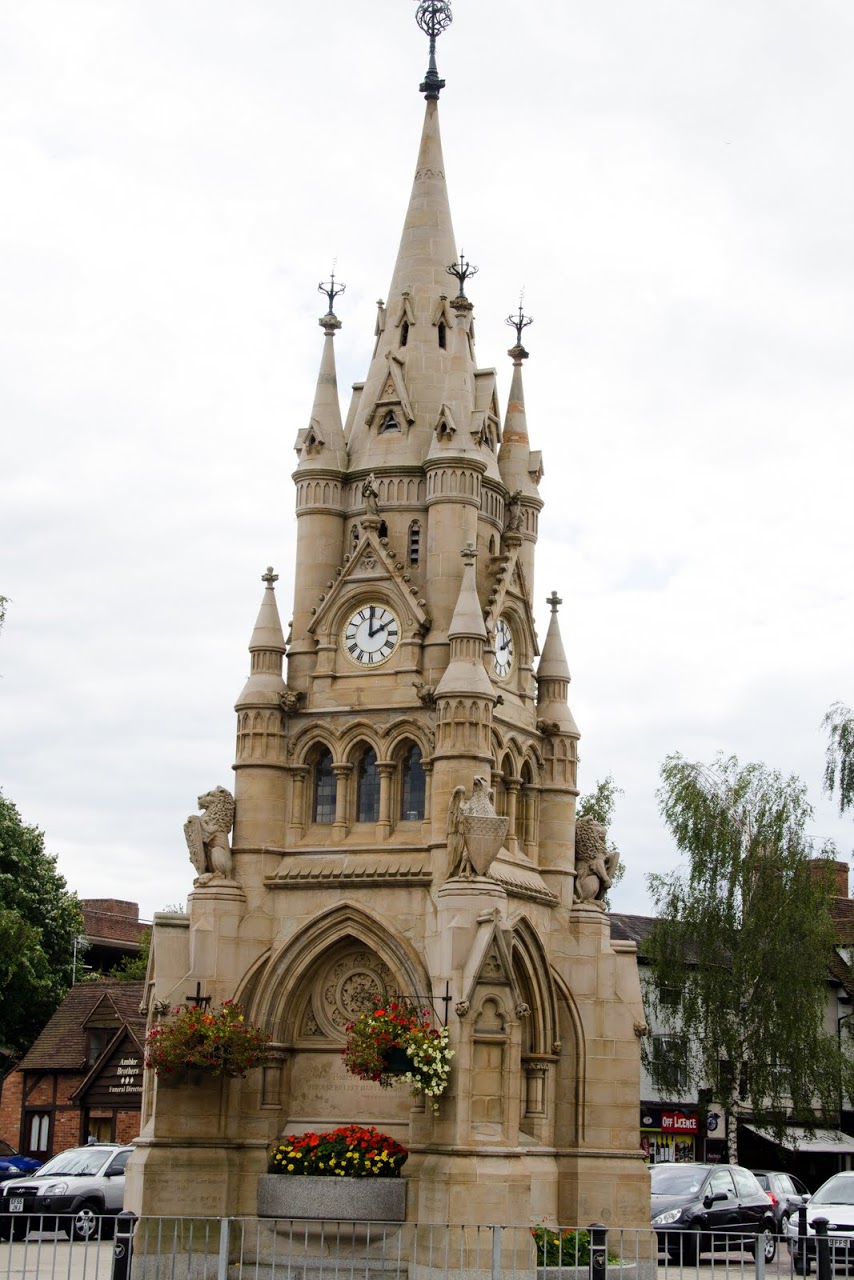
|
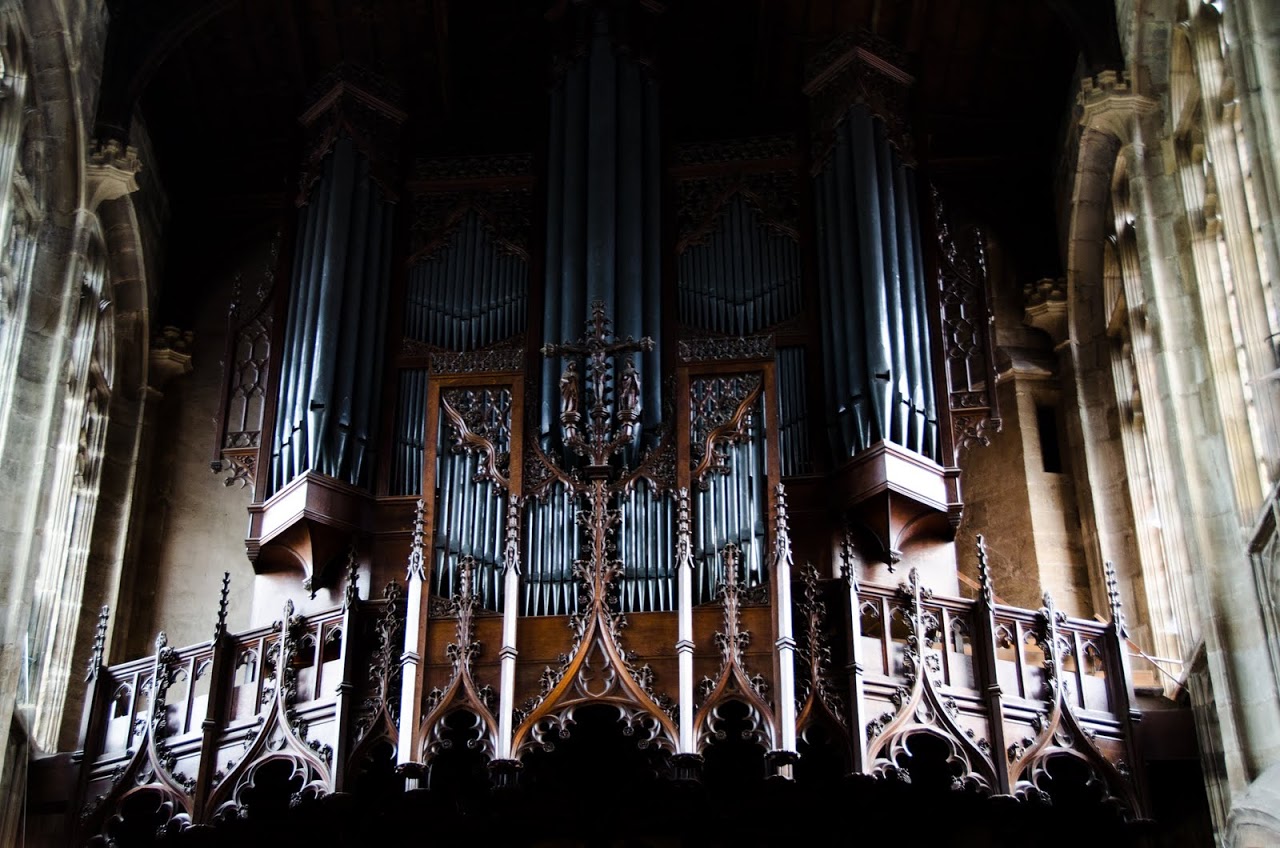
|
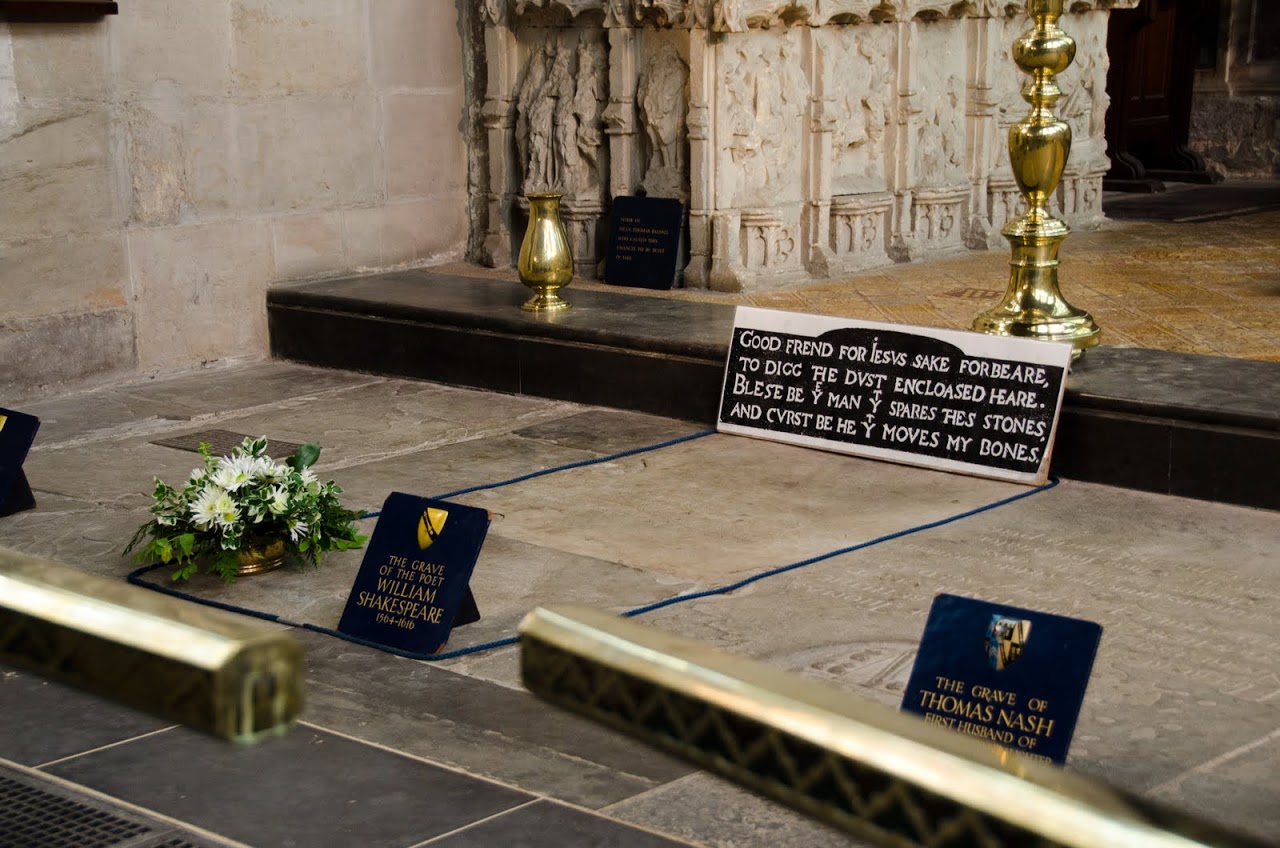
|
So, we paid 27 pounds per person to walk into a random house designed to look like it was from the 14th century with some random furniture and practically no connection to the famous man. Yeah, that’s a tourist trap.








